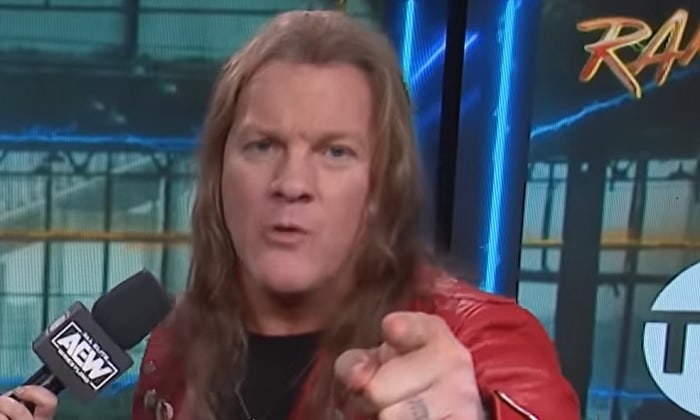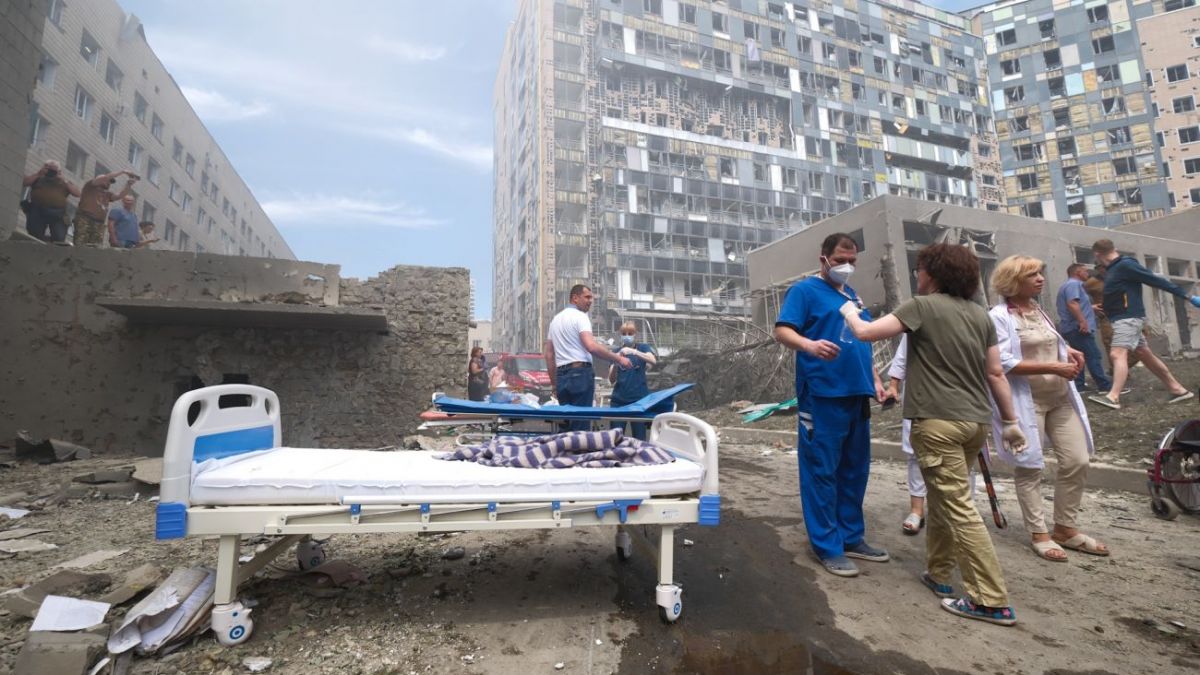What is Hezbollah, the Iran-backed group that could wage an all-out war against Israel?

BEIRUT – After more than eight months of small-scale conflict, Israel and the Lebanese militant group Hezbollah are threatening open war.
The United States and the international community are pushing for calm and hoping for a diplomatic solution, but so far they have failed to achieve this, and time for a political solution may soon be running out.
If war were to break out, Israel would face a far more powerful enemy in Lebanon than Hamas in the Gaza Strip.
Hezbollah leader Hassan Nasrallah warned Israel last week that his group had acquired new weapons and capabilities. Hezbollah also released surveillance camera footage from Israel’s far north, showing the port of Haifa and other locations far from the Lebanese-Israeli border.
A look at how Hezbollah became what many call the most powerful non-state force in the region.
What is Hezbollah?
Hezbollah was founded in 1982 during the Lebanese Civil War. Its original goal was to end the Israeli occupation of southern Lebanon. This goal was achieved in 2000.
The Shiite Muslim Hezbollah is part of a group of Iranian-backed factions and governments known as the Axis of Resistance. It was the first group that Iran supported and used as a means to export its brand of political Islamism.
In its early years, the group attacked US targets, leading Washington to designate it a terrorist organization.
“Iran’s support has helped Hezbollah consolidate its position as the most powerful political actor in Lebanon and the best-equipped military actor in the entire Middle East, supported by Iran,” said Lina Khatib, director of the SOAS Middle East Institute in London.
In 2006, Hezbollah fighters attacked an Israeli patrol and took two Israeli soldiers hostage. Hezbollah and Israel fought a months-long war that ended in a draw. But Israeli bombings caused great destruction in southern Lebanon.
Israel’s goal was to destroy Hezbollah, but the Lebanese group emerged stronger and became a major military and political power on Israel’s northern border.
Domestic opponents criticize Hezbollah for maintaining its weapons arsenal and increasing its dominance over the government. Hezbollah’s reputation also suffered when it briefly occupied part of Beirut in May 2008 after the Lebanese government took action against its private telecommunications network.
Hezbollah’s military capabilities have also increased. It plays a key role in the Syrian civil war by keeping President Bashar al-Assad in power and has helped train Iran-backed militias in Syria and Iraq and the Houthi rebels in Yemen.
What military capabilities does Hezbollah have?
During the recent conflict with Israel, Hezbollah has gradually added new weapons to its arsenal, particularly after Israel began its ground offensive against the city of Rafah in the south of the Gaza Strip in early May.
While Hezbollah initially fired Cornet anti-tank missiles and volleys of Katyusha rockets, it later deployed missiles with heavy warheads and finally introduced explosive drones and surface-to-air missiles for the first time. Nasrallah said the drones were manufactured locally and were available to it in large numbers.
In particular, the group released two videos of drone footage over Haifa and other locations in northern Israel, showing key civilian and military infrastructure, in an effort to demonstrate new access and capabilities and deter Israeli attacks.
In a televised address last week, Nasrallah said the group would continue to use this tactic.
“We have new weapons now. But I will not say which ones,” he said. “When the decision is made, they will be seen on the front.”
How does Hezbollah compare to other Iran-backed groups?
Hezbollah is the most significant paramilitary force in the Arab world. It has a robust internal structure and a considerable arsenal of weapons. Israel considers it its greatest threat and estimates that it has an arsenal of 150,000 rockets and missiles, including precision missiles.
In recent years, Hezbollah has sent troops to Syria to help its Iranian ally, President Bashar al-Assad, fight armed opposition groups. It has also helped build up Iran-backed militias in Iraq, Yemen and Syria.
Khatib of the SOAS Middle East Institute in London compared Hezbollah to a “big brother” of the young, Iran-backed groups that “do not have the same level of infrastructure or discipline.”
Hezbollah is linked to Iran through its doctrine. However, its relationship with Hamas, an offshoot of the Sunni Muslim Brotherhood, is based on pragmatism.
In recent years, some Hamas officials, including their former deputy Saleh al-Arouri, have moved to Lebanon, where they enjoy Hezbollah’s protection and maintain a presence in Lebanon’s many Palestinian refugee camps. Arouri was killed in an Israeli drone strike in a southern Beirut suburb in January.
Who is Hassan Nasrallah?
Nasrallah was born in 1960 into a poor Shiite family in the Beirut suburb of Bourj Hammoud and later resettled in southern Lebanon. He studied theology and joined the Amal movement, a Shiite political and paramilitary organization, before becoming one of the founders of Hezbollah.
He became leader of Hezbollah in 1992 after his predecessor was killed in an Israeli attack.
He is idolized by many for leading Israel’s withdrawal from the south and the 2006 war. His image can be seen on billboards and souvenirs in Lebanon, Syria and other countries in the Arab world. But he also faces opposition among Lebanese, who accuse him of linking their country’s fate to Iran.
Nasrallah is also considered pragmatic and capable of political compromise.
For fear of an assassination attempt by Israel, he has lived in hiding for years and gives his speeches from unknown locations.



